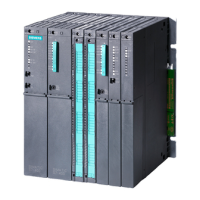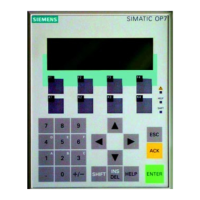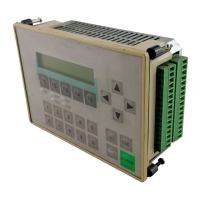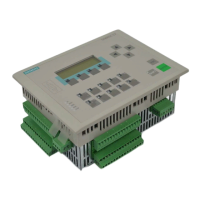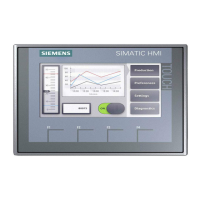Note
Additional information on setting up, managing and backing up network structures such as
workgroups and domain can be found in the "Security Concept PCS 7 and WinCC – Basic
Document (https://support.industry.siemens.com/cs/ww/en/view/60119725)".
The "Internet Protocol Version 6 (TCP/IPv6)" check box should not be cleared.
After installation of the operating system, the "public network" network profile is configured
by default for the network connections, which is not released for the terminal bus in PCS
7. You can find information on connecting to the terminal bus in the "SIMATIC Process
Control System PCS 7 - PC Configuration" (https://support.industry.siemens.com/cs/ww/
en/view/109485951) manual (in the section: "This is how you set up the connection to the
terminal bus for a work group").
Checking the availability of communication partners
Once the network settings for the terminal bus are completed, you can use the SIMATIC Shell
tool on each station to check if the required partner stations (ES, OS server, and OS clients)
can be seen on the terminal bus. SIMATIC Shell is available as a folder in the workspace of
the Windows Explorer.
If there is no required partner station in SIMATIC Shell, it may indicate that the TCP/IP name
resolution is poorly set. There are several concepts for a TCP/IP network in this regard,
beginning with the editing of the LMHOSTS and HOSTS files and continuing with the use of
WINS/DNS servers.
You can trigger a refresh of the SIMATIC Shell using "Settings ..." in the shortcut menu. Select
the network adapter for the terminal bus and click "OK".
Preparation and administration
4.3 Installation
Compendium Part A - Configuration Guidelines (V8.2)
34 Configuration Manual, 08/2016, A5E38166869-AA

